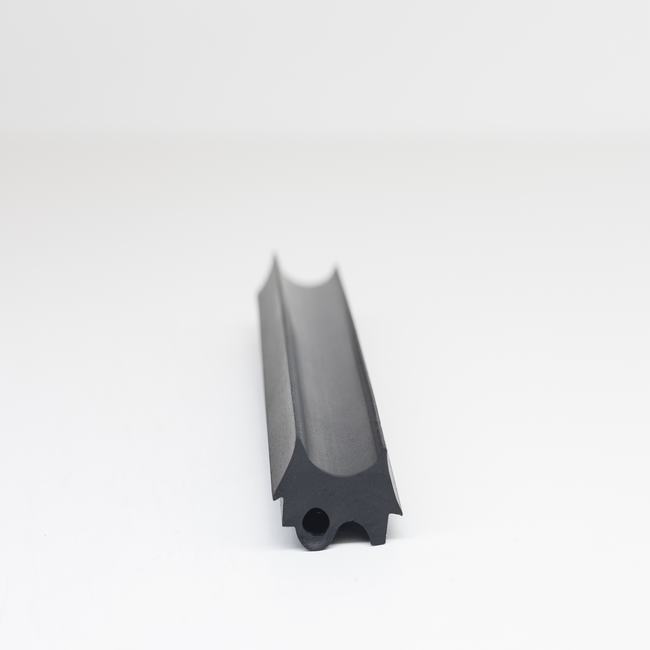EPDM (Ethylene Propylene Diene Monomer) rubber seals are widely used in various industries and applications for their excellent sealing properties and resistance to environmental factors. These seals are made from EPDM rubber, a synthetic elastomer known for its durability and versatility. Here’s an overview of EPDM rubber seals, including their features, applications, and advantages:
Features of EPDM Rubber Seals:
- Weather Resistance: EPDM rubber seals have exceptional weather resistance, making them suitable for outdoor applications. They can withstand exposure to sunlight, ozone, and weathering without significant degradation.
- Chemical Resistance: EPDM rubber is highly resistant to a wide range of chemicals, including acids, bases, and various industrial fluids. This resistance makes EPDM seals ideal for applications in chemical processing and industrial environments.
- Temperature Tolerance: EPDM rubber maintains its flexibility and sealing properties across a wide temperature range, from -40°C (-40°F) to 150°C (302°F). This broad temperature tolerance allows EPDM seals to perform in both cold and hot environments.
- Water and Steam Resistance: EPDM rubber is impermeable to water and steam, making it suitable for sealing applications involving water pipes, steam systems, and more.
- Electrical Insulation: EPDM is an electrical insulator, which is advantageous in applications where electrical conductivity must be avoided.
- Low Compression Set: EPDM rubber exhibits a low compression set, meaning it can maintain its shape and sealing effectiveness even after being compressed over time.
Applications of EPDM Rubber Seals:
EPDM rubber seals are used in a wide range of industries and applications, including:
- Automotive: EPDM rubber seals are used in the automotive industry for various sealing applications, including door seals, window seals, gaskets, and hose seals, due to their resistance to weather and temperature fluctuations.
- Construction: In construction, EPDM rubber seals are utilized for sealing doors, windows, roofing systems, and expansion joints to prevent water ingress, ensure energy efficiency, and maintain structural integrity.
- HVAC (Heating, Ventilation, and Air Conditioning): EPDM seals are used in HVAC systems to create airtight seals in ductwork, air handling units, and HVAC components.
- Industrial Equipment: EPDM rubber seals are employed in industrial equipment, machinery, and pipes to provide reliable seals in environments where exposure to chemicals, high temperatures, and environmental factors is common.
- Electronics: EPDM seals are used in electronic enclosures to provide environmental sealing and protect electronic components from dust, moisture, and contaminants.
- Marine: In marine applications, EPDM seals are used for sealing boat hatches, portholes, and other components that are exposed to saltwater, UV radiation, and harsh marine conditions.
- Water and Wastewater Treatment: EPDM seals are used in water and wastewater treatment plants to seal valves, pipes, flanges, and other equipment.
Advantages of EPDM Rubber Seals:
- Durability: EPDM rubber seals have a long service life and maintain their properties over time, reducing the need for frequent replacements.
- Versatility: They can be used in a wide range of applications due to their excellent resistance to environmental factors and chemicals.
- Easy Installation: EPDM rubber seals are typically easy to install, ensuring a quick and reliable sealing solution.
- Energy Efficiency: EPDM seals help improve energy efficiency by sealing out drafts and preventing energy loss.
In summary, EPDM rubber seals are valued for their durability, versatility, and resistance to environmental factors. They provide reliable and long-lasting sealing solutions in a variety of industries and applications.

